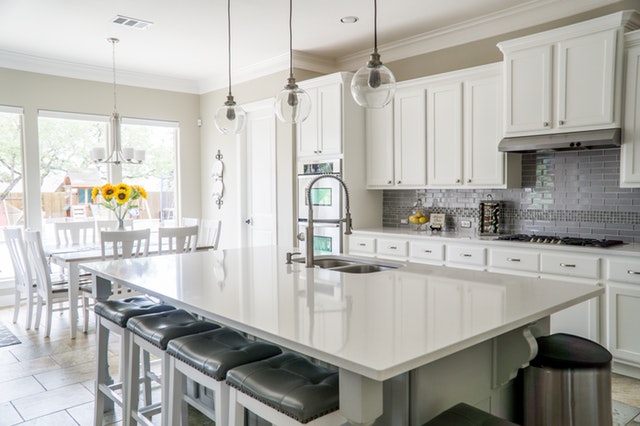6 Smart Ways Hardware Can Upgrade Your New Home
 Decorating and putting the finishing touches on your new home is definitely one of the most fun parts of moving. It’s satisfying to fill your new home with furnishings and décor choices that reflect your personality and lifestyle.
Decorating and putting the finishing touches on your new home is definitely one of the most fun parts of moving. It’s satisfying to fill your new home with furnishings and décor choices that reflect your personality and lifestyle.
One of the most overlooked aspects of decorating is the hardware. However, hardware changes can dramatically transform your home in unexpected ways. Here are some ideas to use.
Install A New Door Knocker
If your new home has a door knocker, replace it with a new one. If it doesn’t already have one, it’s easy to install a door knocker using a simple household tool box.
Install A Peephole
Your front door will be more secure with a peephole installed. Modern peepholes give a broad range of vision that will allow you to see to the far right and left of the front door. Be sure to install it low enough that older kids can look out of it easily, too.
Replace Doorknobs
If your new home is actually just new to you, it may have old and worn doorknobs. New doorknobs will make the actual door look brand new, too. Consider decorative doorknobs, which are a step above the standard brass doorknobs we’re all familiar with. If you aren’t comfortable replacing doorknobs, consider hiring a handyman or locksmith to do it for you.
Upgrade Wall Outlet Covers
Wall outlets are in every room, yet few homeowners think to upgrade them. You can find decorative wall outlet covers in various patterns, colors and images in hardware stores and online. If the idea of switching out all your wall outlet covers is overwhelming, consider just a few in special places, like your child’s bedroom or in the kitchen.
Upgrade Lighting Pull Cords
Those ceiling light pull cords leave a lot to be desired. Most of them are utilitarian but definitely not decorative. Consider adding an attractive fob to the end of each lighting fixture pull. Your local hardware lighting section will have many to choose from, and they’re very easy to install with not tools at all.
Replace Kitchen Cabinet Handles
Your new kitchen cabinets will get a facelift when you replace the old handles with new ones. Be sure to also get matching drawer pulls for the best overall effect.
Now you can see that changing out or adding new hardware can make such a big difference in the way your new home looks and feels. Just one afternoon of doing this easy project will make your new home look amazing for years to come.
If you are in the market for a new home or interested in listing your current property, be sure to contact your trusted real estate agent.

 Are you dreaming in color of your future new home? You probably can’t wait to get your hands on a paintbrush and a bucket of beautiful new paint. But how will you choose the colors to decorate your new home?
Are you dreaming in color of your future new home? You probably can’t wait to get your hands on a paintbrush and a bucket of beautiful new paint. But how will you choose the colors to decorate your new home? Having a “smart home” is a trend that is popular. What does it actually mean? Smart home technology improves energy-efficiency, increases security, and creates more convenience for the home’s occupants.
Having a “smart home” is a trend that is popular. What does it actually mean? Smart home technology improves energy-efficiency, increases security, and creates more convenience for the home’s occupants.